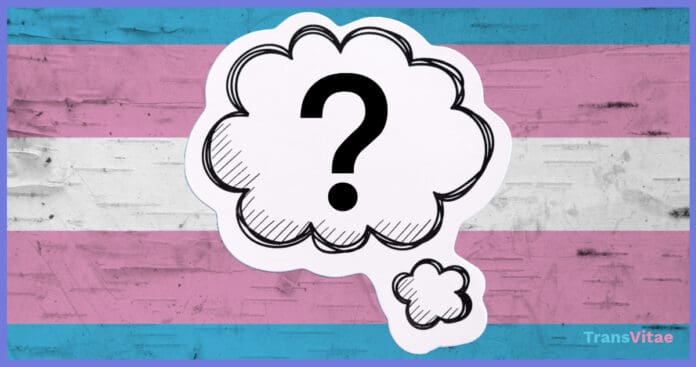Exactly what is Transgender? The term “transgender” has gained traction in the media recently, but what does it actually mean? The purpose of this article is to define “transgender” and what it means in a clear and simple manner.
Recognizing the Fundamentals
Someone whose gender identity is different from the sex they were assigned at birth is known as a transgender person. This indicates that a person is transgender if they identify as a woman and live as one despite being designated a male at birth. In a similar vein, a transgender man is a person who identifies and lives as a guy despite being designated female at birth.
It is crucial to understand that “transgender” is a broad term. It may also include individuals who identify as non-binary or genderqueer. It includes those whose gender identity is the opposite of their assigned sex, such as trans men and trans women. Non-binary people can identify as neither, both, or a combination of the genders. They do not precisely identify as male or female.
Transgender vs. Transsexual: Understanding the Differences
The term “transsexual” is an older term that was once used to describe people who sought medical intervention to align their physical bodies with their gender identities. In recent years, this term has become less commonly used. This is partly because it can be associated with medicalizing a person’s identity, and not all transgender people choose to undergo medical transitions.
“Transgender” is a broader and more inclusive term that describes anyone whose gender identity differs from the sex they were assigned at birth. This includes transsexual people, but also those who may not desire or have access to medical interventions. It’s important to remember that it’s best practice to use the terms a person chooses to describe themselves.
Expression and Identity of Gender
The inborn understanding of one’s identity is known as gender identity. It is a firmly held, internalized idea of being either male or female, mixed gender, or neither. Everybody has a gender identity, which could be the same as the sex they were assigned at birth or could be different.
Conversely, gender expression is the outward display of a person’s gender identification, typically manifested through behavior, attire, hairstyle, voice, or physical attributes. Society categorizes these cues as either masculine or feminine. Gender identity is a personal and internal experience, while gender expression is the external manifestation that conveys one’s gender identity to others.
The Journey of Transitioning
Some transgender individuals may decide to undergo medical, legal, or societal transitions in order to physically match their gender identity. A person going through a social transition may alter their name, attire, haircut, or pronoun usage. When transitioning legally, one step may include updating gender markers on official documents. Surgery or hormone therapy are two therapies that may be part of medical transitioning.
However, not all transgender people may choose to undergo such procedures, and it is important to realize that medical interventions do not determine one’s gender identity. Transgender people are capable of completing this process at any level, and all gender identity expressions are acceptable.
The Significance of Respect and Allyship
It is essential to comprehend and honor each individual’s self-identified gender. Addressing someone by their chosen name and using the correct pronouns is a fundamental way to demonstrate respect for their gender identity.
Being a transgender ally entails learning and using language with grace, confronting one’s own and other people’s anti-transgender prejudice, and advocating for laws that uphold the rights of transgender people.
The Bottom Line
In summary, having a gender identification that differs from the sex assigned at birth is what it means to be transgender. It is a strong sense of identifying as male, female, both, or neither. It is essential to comprehend and honor each individual’s self-identified gender. As society progresses, it is crucial to create a supportive space where individuals can freely express their authentic selves.
REFERENCES:
- Medical News Today
- Psychology Today


